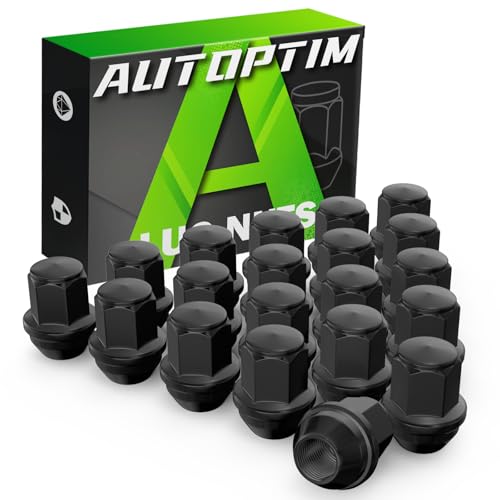- Joined
- Jan 24, 2012
- Messages
- 4,611
- Reaction score
- 1,484
- Location
- Tucson, AZ
- My Car
- No Mustangs at the moment.
The PCV, for it to work correctly, needs a vacuum source outside of the valve cover. If I understand your post correctly, you actually drove the car vice revving it in the driveway. Since there was no difference between the two conditions (PCV in and out), there's something amiss with that system.
Does the PCV itself rattle when shaken (not stirred *G*)? Is there a source of vacuum on the hose to the PCV? I agree that the PCV can be overwhelmed with splashed oil, but first one has to rule out the other conditions.
Does the PCV itself rattle when shaken (not stirred *G*)? Is there a source of vacuum on the hose to the PCV? I agree that the PCV can be overwhelmed with splashed oil, but first one has to rule out the other conditions.














































